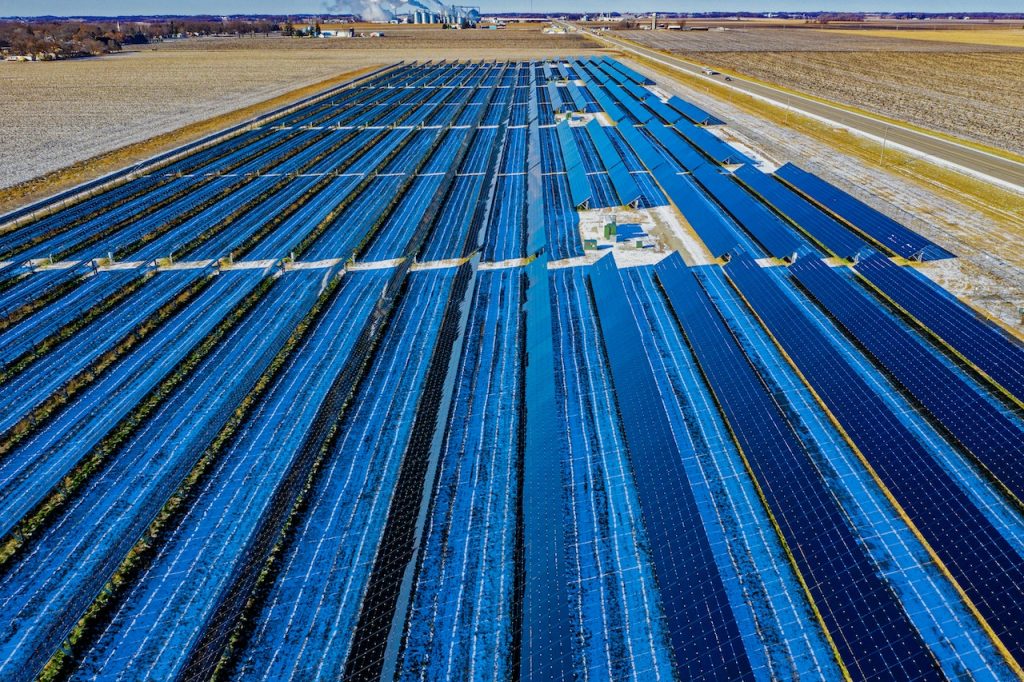San Diego Solar Energy is a great way to save money on energy bills. When you live in San Diego you can take advantage of tax credits for solar panels. However, there are many other things to consider before making the decision.
Cost of solar panels
If you are looking to install solar panels on your home, you will need to be aware of how much it will cost. There are many factors that will impact the price. For example, how large of a system is required?
Larger home solar arrays can pay for themselves in as little as ten years. This is a huge savings for a homeowner. It also helps to qualify for a federal tax credit.
Solar panels are becoming more popular, especially in San Diego. The state has a plethora of incentives to help homeowners install solar systems. You can get a free quote from local installers.
As technology advances, the costs of installing solar panels continue to decrease. Depending on your home’s size and the type of solar panel, you could save tens of thousands of dollars over the lifetime of the system.
When considering going solar, you must first choose a payment method. The best option is to go with cash, but many people struggle with arranging a lump sum. A variety of loans are available to homeowners, from solar loans to financing.
Installing a solar panel on your home in San Diego can save you hundreds of dollars a year on your electricity bill. Some companies offer solar leases that allow you to make predictable monthly payments.
Tax credit for solar energy
For San Diego residents, there are several federal incentives available to save money on installing solar panels. One of the more important incentives is the federal tax credit. It provides a 30% discount on the cost of installing a solar system. However, the tax credit is only available for systems that are installed and used in the United States.
The tax credit is also known as the Investment Tax Credit. Originally scheduled to expire in 2016, the ITC has been extended through December 2019. In fact, the federal government recently re-approved the tax credit.
In addition to the federal tax credit, there are some local and state programs to reduce the costs of solar installation in San Diego. These programs are based on the size of the solar system and the amount of energy generated.
Some solar products can be financed for up to 15 years. If you are unsure of which programs apply to your area, contact your city planning and building departments. You can also find information on the Database of State Incentives for Renewables and Efficiency.
California residents who install solar may also qualify for rebates under the CSI-Thermal Program. This program provides rebates of up to $1,000 per kWh. There are also incentives for non-profit and commercial customers.
Disadvantages of solar energy in San Diego
There are many advantages to installing solar energy systems, but there are also a few disadvantages. For instance, the initial cost of a solar system is not cheap. It can take several years before it pays for itself. And although there are incentives for consumers, it can be a bit of a challenge to find a local installer.
Solar panels work best in sunny climates. San Diego, for example, enjoys more than 250 days of sunny skies. However, cloudy days can significantly reduce the amount of electricity generated.
The size of a solar system you choose will affect the amount of savings you can expect. For example, a solar system that produces 3.85 kWh will save $72,000 on your energy bills over the life of the system. In San Diego, this is the average size for a residential PV system.
The cost of installing a solar PV system can be high, especially if you lease your panel. You cannot qualify for federal or state tax rebates if you lease your panels.
If you do not plan to sell your home or move, renting is not a good option. However, you may be able to take advantage of a zero-down loan option. With these options, you will pay only for the power you use on a monthly basis.

